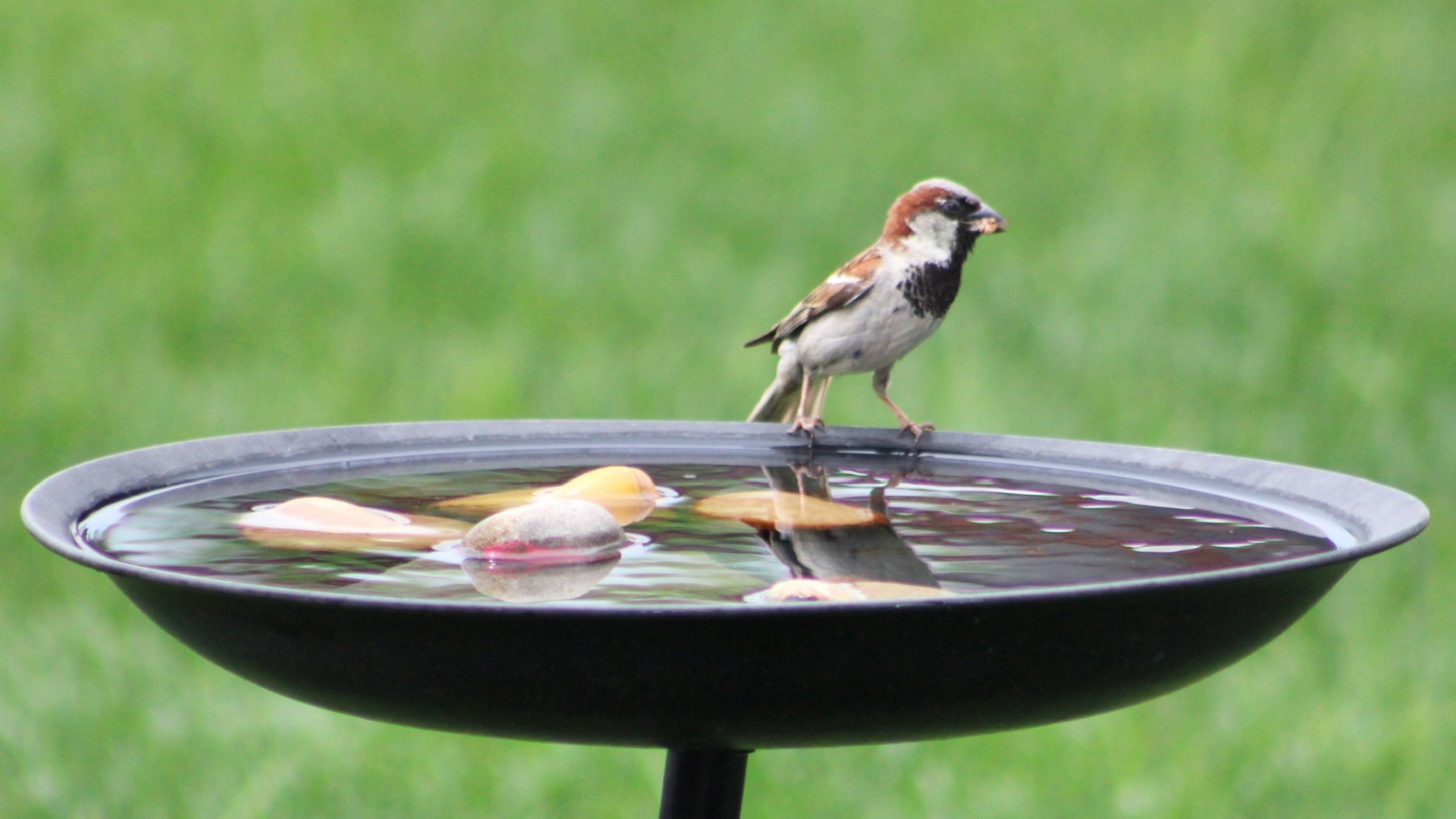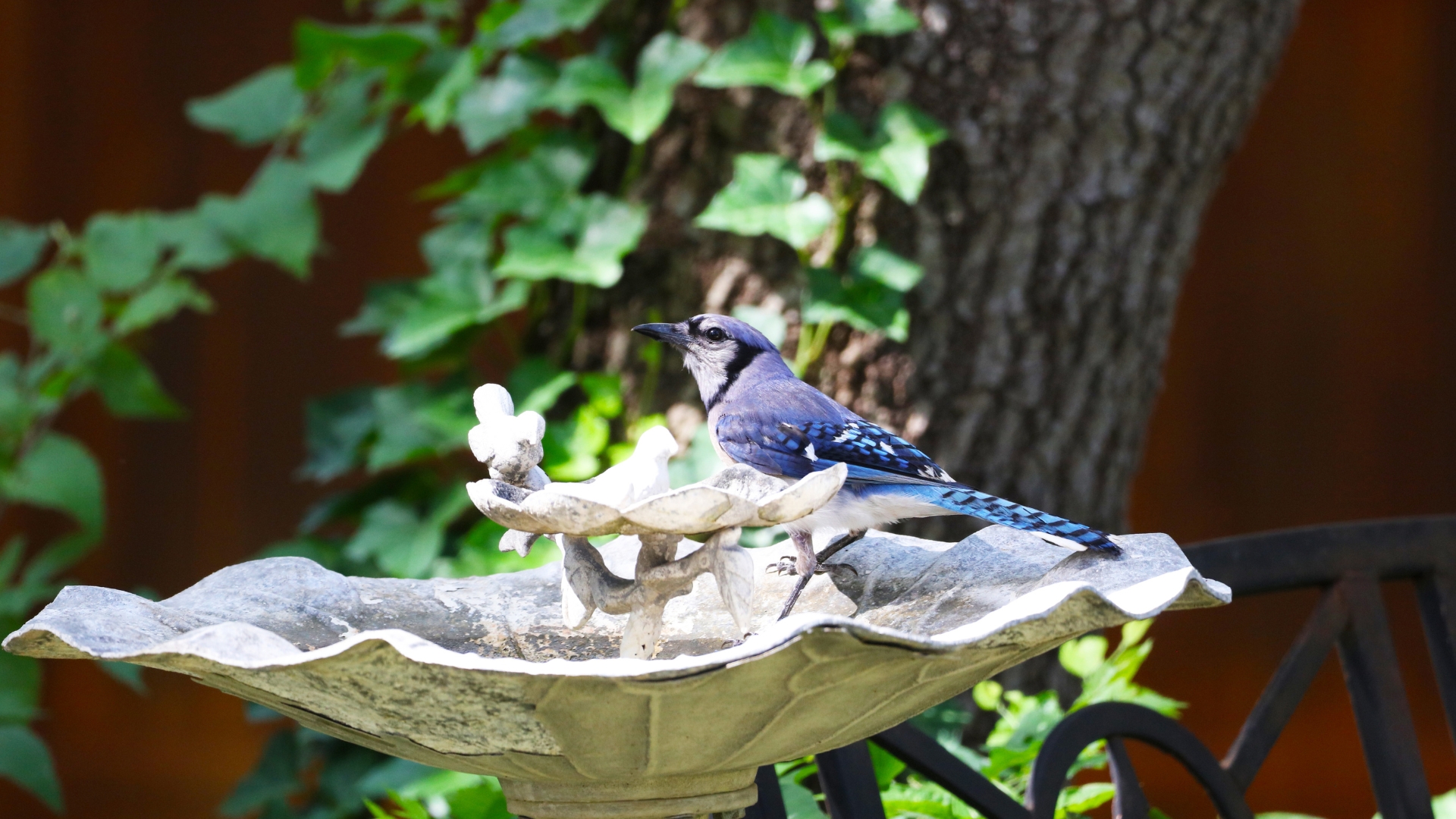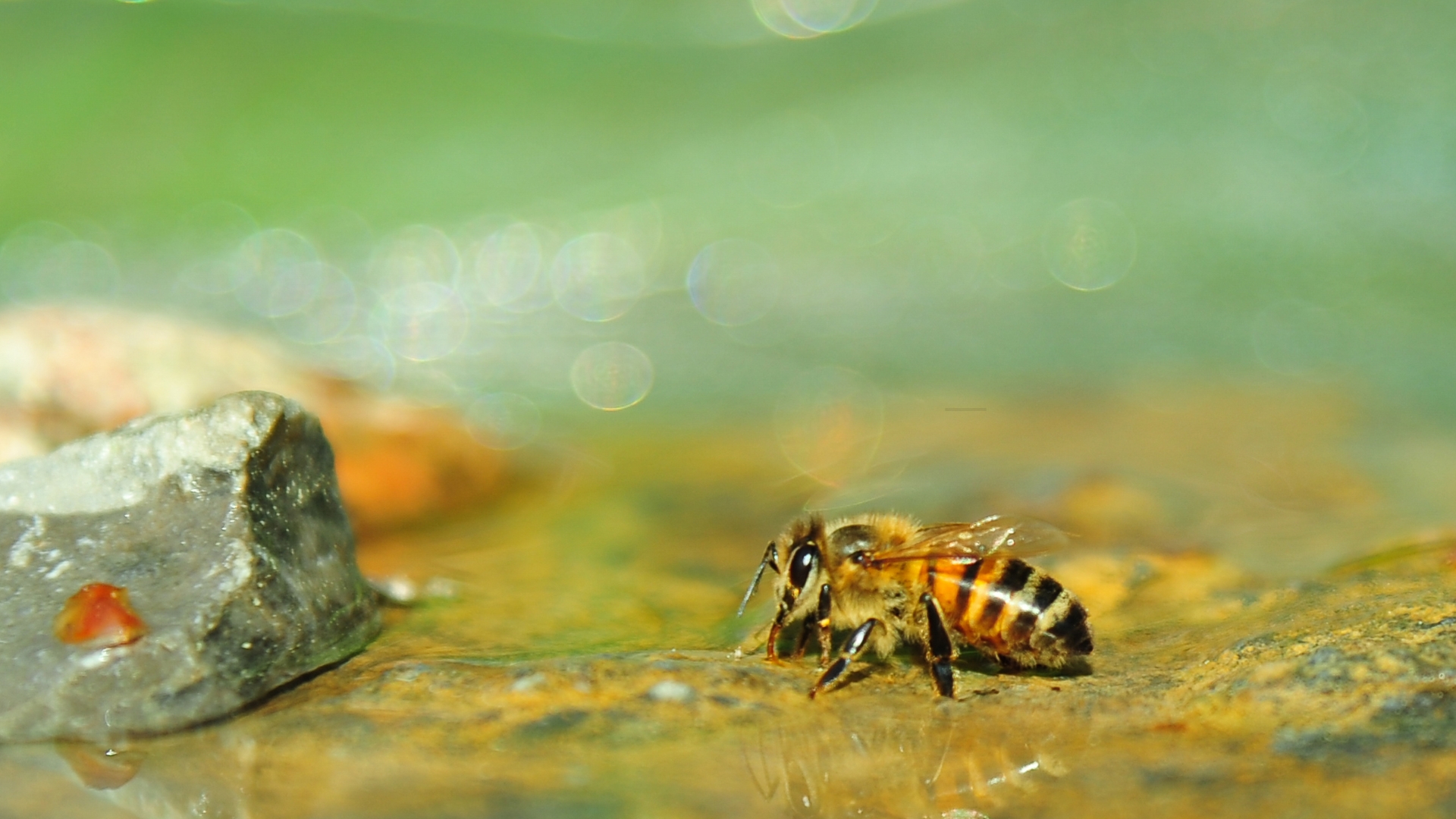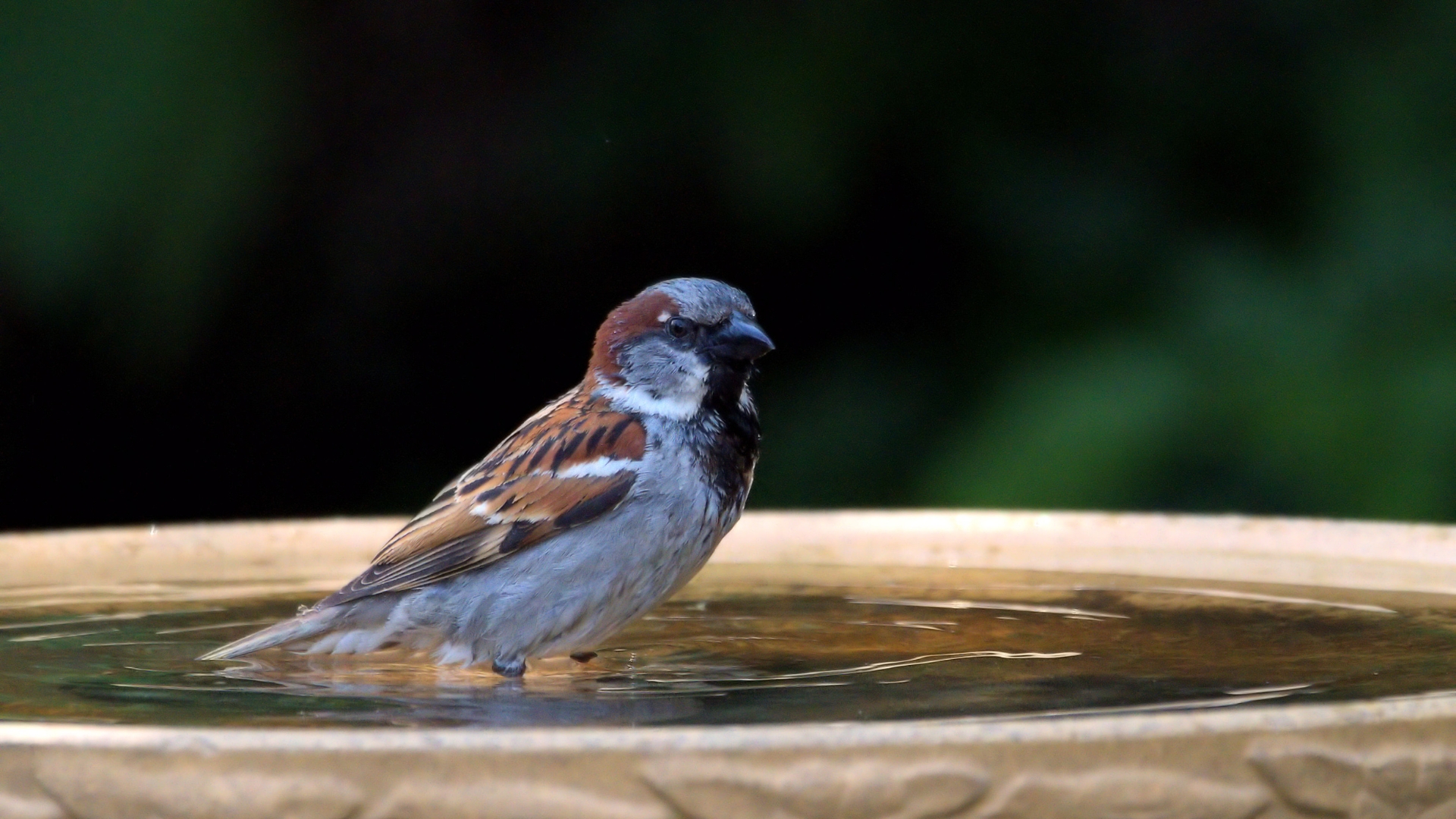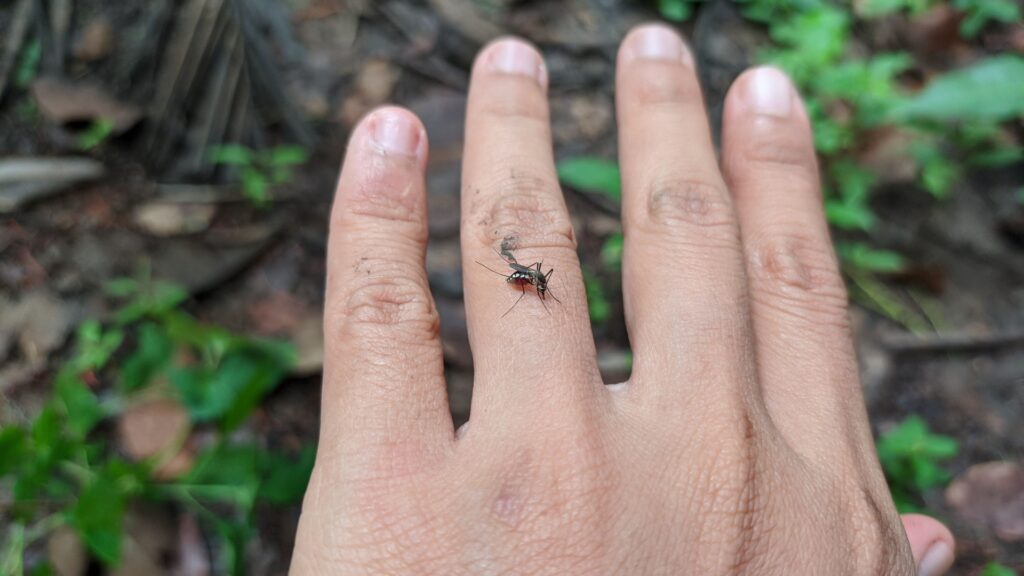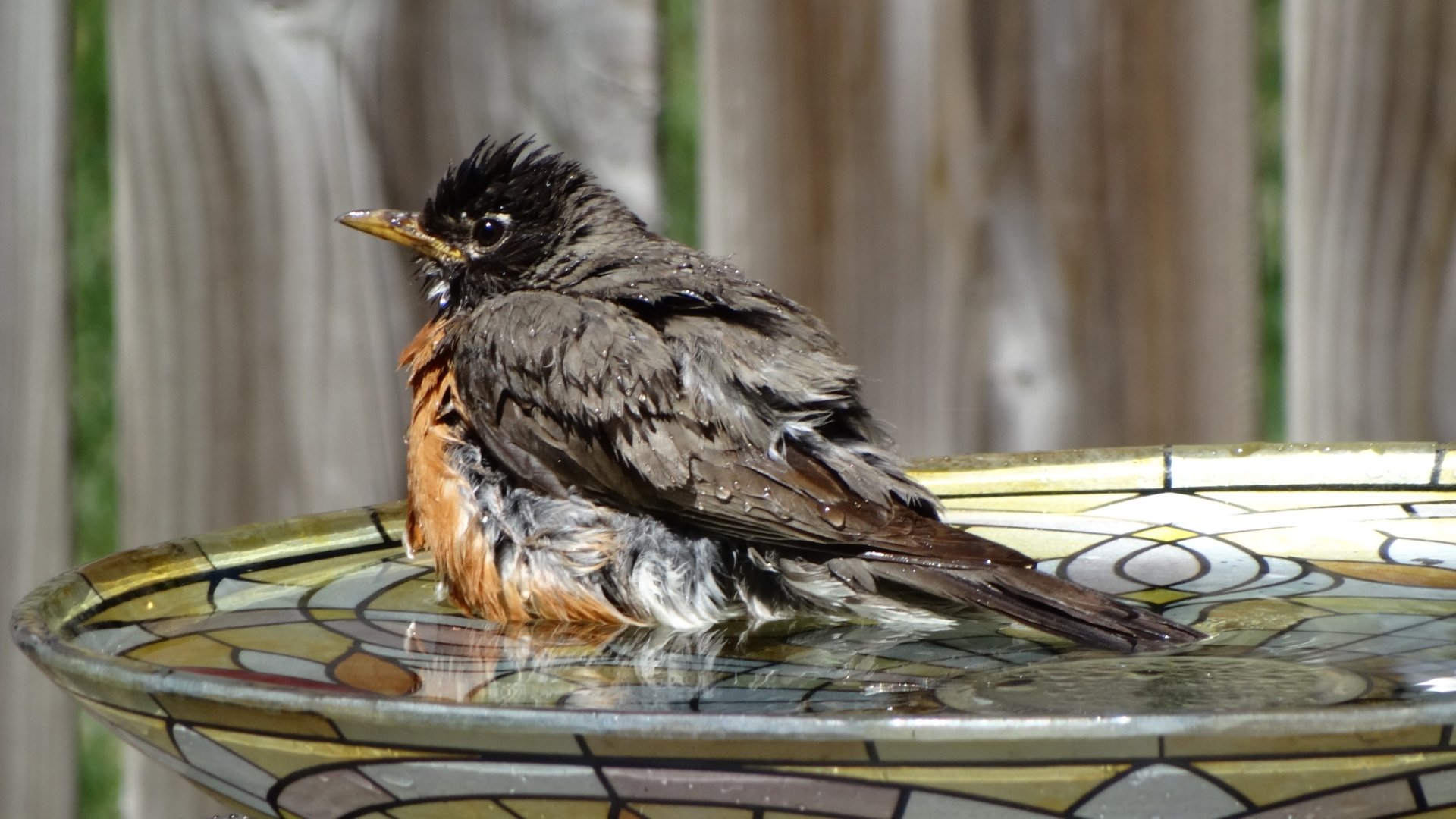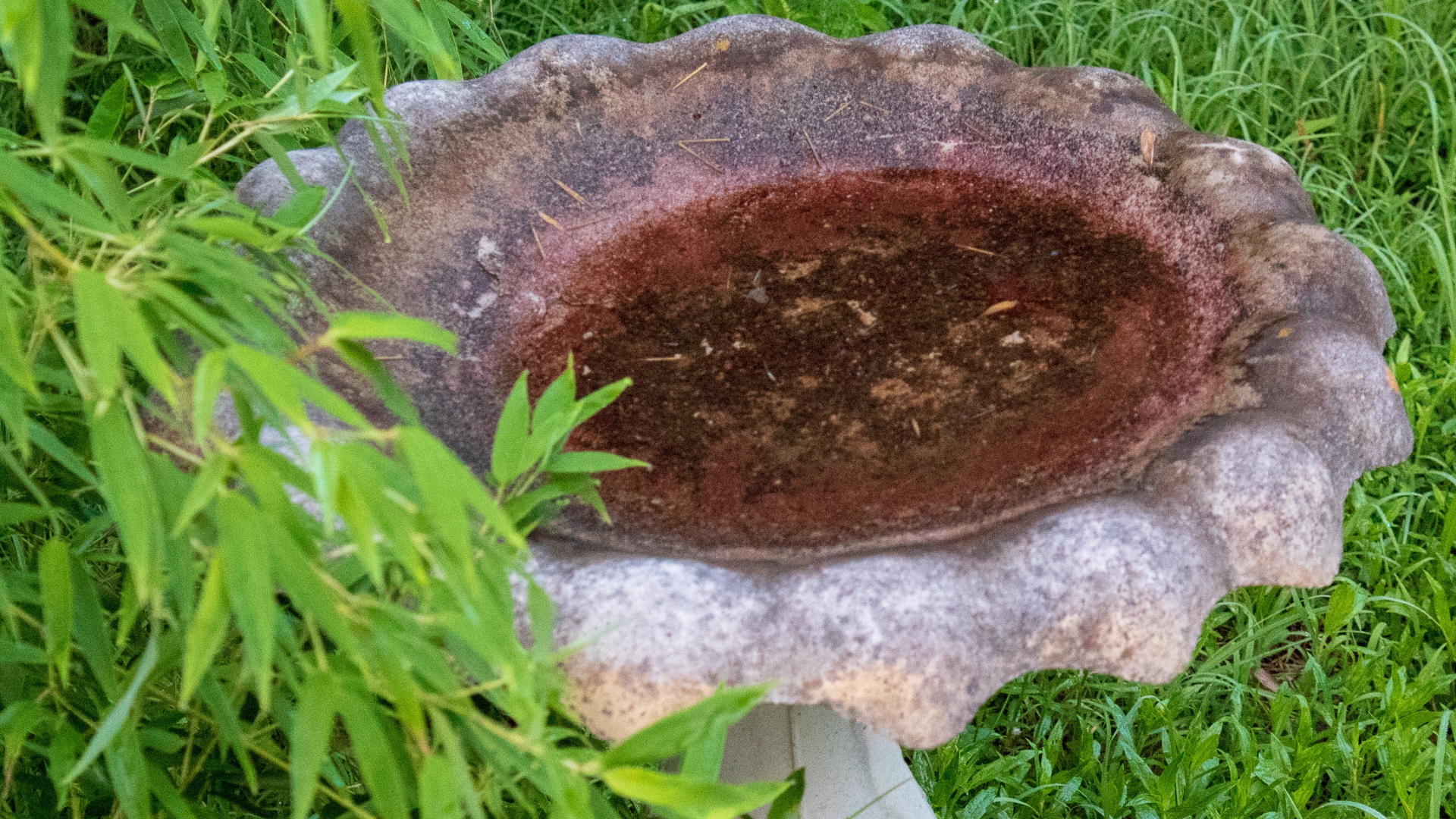I’ve always loved watching birds flutter around my garden—pure joy.
Adding a birdbath? Game-changer.
But when I saw people tossing rocks in theirs, I had to do a double take. It looked odd… until I found out why.
Turns out, those little stones make a huge difference—and every birdbath owner should know it.
You Want Small Birds To Take A Bath, Too
I love watching birds take a dip in my birdbath, but I noticed something strange—only the bigger ones seemed to be enjoying it.
The little guys would flutter around, hesitate at the edge, and then fly off like they’d seen a ghost.
Turns out, for smaller birds, a deep, open birdbath is about as inviting as the deep end of a swimming pool with no ladder.
That’s where rocks come in! They create shallow spots, giving tiny birds a safe place to wade in without the risk of getting in over their heads.
Rocks Help Insects And Bees Stay Hydrated
Birds aren’t the only ones looking for a drink on a hot day. I’ve seen bees and butterflies hover around my birdbath, desperate for a sip, only to struggle finding a safe landing spot.
It’s like trying to drink from a firehose—too much water, too little footing. Adding a few well-placed rocks turns the birdbath into a mini oasis, where thirsty pollinators can perch, refuel, and keep buzzing along.
If you want to help the whole garden ecosystem, this small change makes a huge impact.
Prevents Slippery Surfaces
Ever seen a bird take a misstep and flail like someone slipping on a banana peel? I have, and it’s not pretty.
Some birdbaths have smooth, glazed surfaces that look nice but don’t offer much grip. Wet feet and slick surfaces are a bad combo, and a startled bird can easily lose its footing.
A few scattered rocks add the traction they need, turning a risky situation into a stable, secure spot where they can land, drink, and bathe without worry.
Discourages Mosquito Breeding
If you’ve ever skipped a few days of cleaning your birdbath and suddenly noticed tiny wigglers swimming around—yep, those are mosquito larvae. And trust me, they multiply fast.
Standing water is a prime breeding ground for mosquitoes, especially in warm weather. But adding a layer of rocks can help break up large areas of still water, making it less attractive for mosquitoes to lay their eggs.
While rocks alone won’t eliminate the need for regular cleaning, they do make it harder for stagnant water to collect undisturbed. Combine that with weekly scrubbing and fresh water, and you’ve got a birdbath that’s much less inviting to those pesky bloodsuckers.
The Ideal Depth Of A Birdbath
If there’s one thing I’ve learned about birdbaths, it’s that depth matters—a lot. Too deep, and birds feel like they’re diving into uncharted waters with no safe way out. Too shallow, and it dries up faster than a puddle in the summer sun.
According to experts, the ideal depth for a birdbath is about four inches, but that doesn’t mean you should fill it to the brim.
Most birds prefer bathing in water that’s just one to two inches deep, where they can comfortably wade in, fluff their feathers, and splash around without struggling to stay afloat.
This is where rocks come to the rescue. By placing a few well-positioned stones inside the birdbath, you create natural stepping areas at different heights, allowing birds to choose the depth that works best for them.
Larger birds might enjoy deeper sections, while smaller ones can safely perch on the rocks and bathe in the shallower spots. Rocks also help displace excess water, preventing the bath from becoming too deep after a heavy rain.
Adding a few stones is such a simple tweak, yet it makes a world of difference. It turns an ordinary birdbath into a safe and inviting watering hole for all kinds of backyard visitors!
Not All Birdbaths Are Safe!
I always assumed if a birdbath held water, it was good to go. Turns out, that’s far from the truth. While depth is a big factor, it’s not the only danger lurking in a birdbath.
For starters, dirty water can be just as risky as deep water. A neglected birdbath quickly turns into a breeding ground for bacteria, algae, and mosquitoes.
Birds that drink or bathe in stagnant, contaminated water can end up sick, and standing water attracts pests that can spread disease. Regular cleaning with fresh water and a scrub brush keeps your birdbath safe and inviting.
Another hidden hazard? Overheating. On hot summer days, a metal or dark-colored birdbath can heat up like a frying pan, making the water uncomfortably warm—or worse, too hot for birds to use.
Placing the birdbath in partial shade and adding rocks to help regulate water temperature can make a big difference.
Even the placement of your birdbath matters. A birdbath sitting out in the open with no nearby cover can leave birds feeling exposed to predators like cats and hawks. Positioning it near shrubs or trees gives birds a quick escape route if they sense danger.
A little effort goes a long way in making a birdbath safe and enjoyable for every visitor. With the right depth, proper cleaning, added texture, and smart placement, your backyard birds will have a reliable and secure spot to drink and bathe—just the way it should be!

